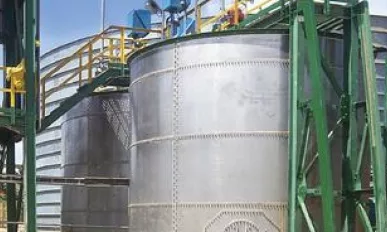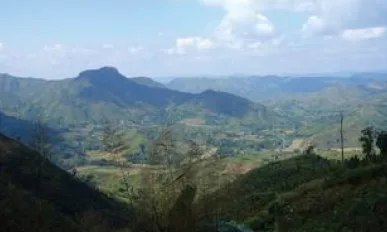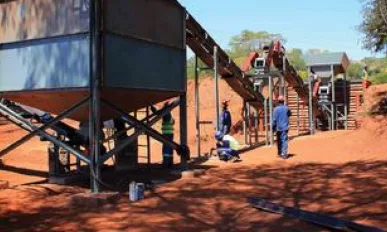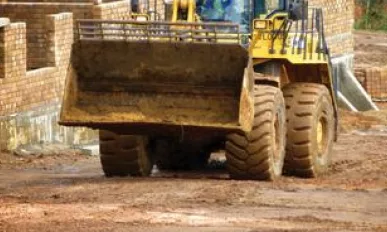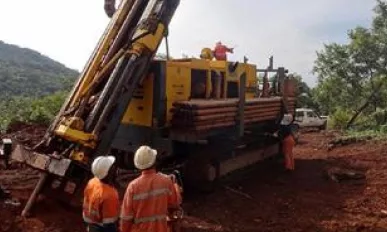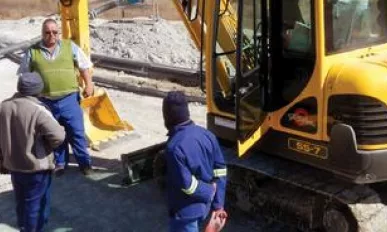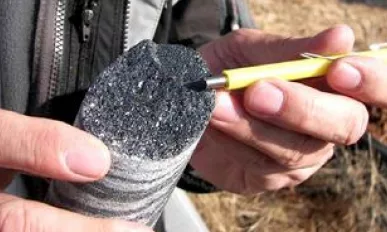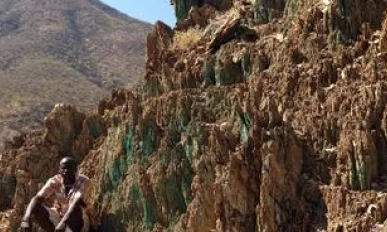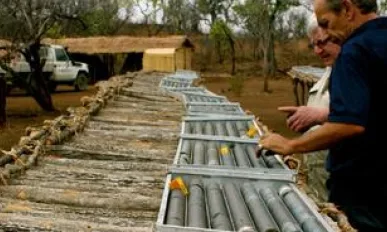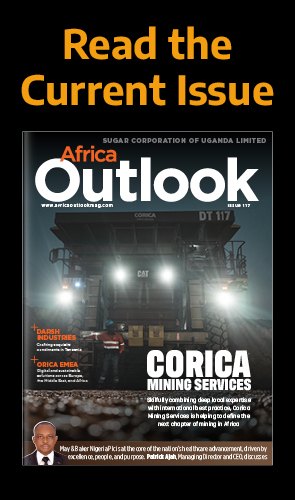HPE Africa : Importing Quality
Earlier this year Invicta holding company acquired High Power Equipment (HPE) Africa, a strategic investment which will enable Invicta to broaden its product offering to the plant hire, construction, quarrying and mining industries across Africa.
Roymec Technologies : The Best Tools for the Job
Filtration and separation technology specialist Roymec Technologies continues to supply its clients “best service and equipment to be found anywhere.”
Energold Drilling : Global Speciality Driller
Canadian company Energold Drilling Corp is listed on the Toronto Venture Stock Exchange (EgD:tSX-V) and can drill in most conditions using modular portable drilling rigs which are manufactured in-house. Vice President of operations for the Europe, Middle East and Africa Division, Richard Thomas, tells us more.
African Consolidated Resources : A Bright Future
African Consolidated Resources is a company perched on the brink of great things. This Zimbabwe-focused company has projects covering gold, nickel, platinum, copper, phosphate and diamonds.
Aureus Mining : Gold Production in Liberia
Aureus Mining Inc. is engaged in the exploration and development of gold deposits in highly prospective and under-explored areas of Liberia and Cameroon.
SBD Guinea : Thrill of the Drill
Reverse circulation drilling specialist SBD Guinea has worked on some of West Africa’s most significant and exciting exploration projects and operating mines.
Cyclone Engineering Projects : Waste Masters
Gerrit Van Jansen Van Ryssen formed mine residue handling company Cyclone Engineering Projects following demand from the mining industry and the fast growing company has gone from strength to strength.
Atlas Copco : Africa’s Leading Mining Supplier
Inside Swedish mining and construction equipment manufacturer Atlas Copco, one of the continent’s leading mining equipment and services suppliers.
Octea Diamond Group : Exploring Sierra Leone
Sierra Leone diamond company the Octea Diamond Group owns two mining leases: the Koidu Kimberlite Project and the Tonguma Project.
Lodestone Namibia : The Newest Iron Ore Mine in Namibia
Africa Outlook discusses the challenges and opportunities of opening a new iron ore mine in Namibia with the CEO and CFO of Lodestone Namibia.
Bannon Limited : Strike it Rich
Brandon Munro, Managing Director of African Mining Capital, Joint Venture partner of Bannon Limited, tells Africa Outlook more about this emerging mineral resources exploration company with ambitious plans for the future.
Baobab Resources : High Hopes for Tete
Ben James, Managing Director of Baobab Resources, talks about the development of the Tete pig iron project in Mozambique, one of the most exciting development stories in southern Africa.




